By now, business executives understand the value of retaining talented women to give their companies a competitive business advantage. And the question becomes not IF but HOW to retain these women in key leadership positions.
First, just in case you need more reason for making gender equality a priority and ensuring you have a strong female workforce, the data shows that in today’s marketplace, women’s contributions are vital.
Not only have women outpaced men in educational achievements in the past 50 years, they are the driving force in today’s economy.

Source: The Russell Sage Foundation
The Harvard Business Review calls it the Female Economy, showing that “Women represent a growth market bigger than China and India combined—more than twice as big, in fact.”
This fact alone reveals why having women in key leadership positions gives companies a competitive business advantage. Female leaders bring to the table a clearer understanding of the biggest segment of the customer base… women. And this will positively impact a company’s bottom-line results.
So how do you keep these women in your organization amidst the “war for talent”?
3 Critical Strategies To Retain Talented Women in Your Organization:
1) Assign a sponsor to high-potential team members
The sponsor should be someone in a position of authority who will work with the candidate individually or in a small group. The sponsor’s role is to:
- Map out the team member’s career path
- Advocate for the team members as opportunities arise, including project leads and strategic initiatives
- Introduce them to key stakeholders and cultivate those relationships
- Identify areas for growth, including action plan/metrics/accountability
- Help them navigate challenges along the way
2) Identify and address systemic issues that hold women back
This one is the most pervasive and the most challenging to address. What are the cultural norms and underlying beliefs of the organization that may cause talented women to want to leave? Most organizations focus on retaining a diverse workforce; however, the best intentions can fall by the wayside when there are deadlines to meet and metrics to achieve.
The willingness to look under the hood at what can be improved is essential if you want to retain talented women in your organization. How? Here are some ideas:

Tweet: Cultural norms in your organization may be driving out talented women.
- Ask them to become part of the solution – Create a focus group of women from various levels of the organization. Their role is to identify the conscious and unconscious biases that exist, as well as to create a framework for how to address them. Their solution should include a strategic plan, measurable benchmarks, and accountability.
- Administer open feedback surveys on the issue – Typical employee engagement/culture surveys tend to be structured around yes/no, and rate a problem on a scale from 1-10. While that information can be valuable, it tends to merely check a box of accomplishment, rather than get to the heart of what needs to be addressed.
Implement a survey that specifically addresses the issue of retaining talented women. What actions need to be taken? What is being done that can be enhanced? Ensure the questions are framed in an open feedback/essay format. Allow employees to give their honest assessment, which will drive the strategy toward a solution.
3) Open the lines of communication
This area is where I see organizations falter more than any other. Because of the frenetic nature of the work environment, communication tends to be either assumed or discounted in relation to what needs to get done. Nothing could be further from the truth. EVERYTHING boils down to communication.
Explain WHY a decision is made versus allowing assumptions to be made. Ensure that key stakeholders understand the nature of their roles by outlining clear and communicated expectations. Do they know how their contribution affects other departments, initiatives, and bandwidth?
Open communication:
- Fosters a sense of trust in the organization and trust is at the heart of employee engagement.
- Creates an environment where innovation is welcomed and creativity flourishes.
- Allows employees to feel heard, valued, and confident their contributions make a difference.
Is your organization doing any of these, and in which have you found your organization to be most challenged?
The world is changing fast. Can your organization keep pace? My role as an Executive Coach is to guide corporate workgroups toward solutions to longstanding challenges such as these. Learn how to get your organization on the leading edge of the transformation that’s taking place in the corporate world.




